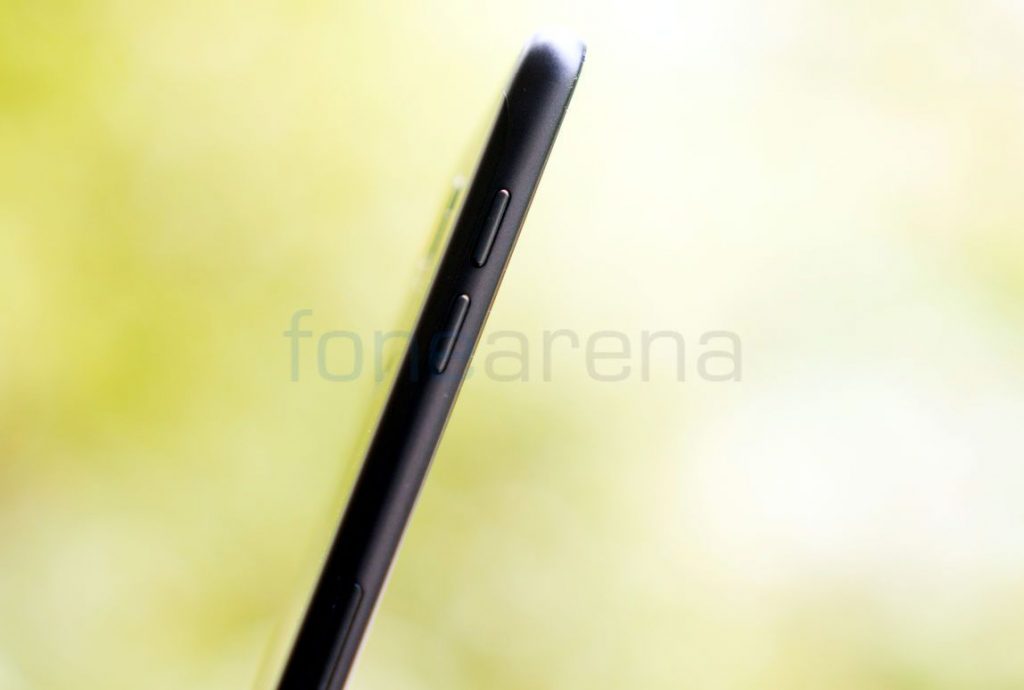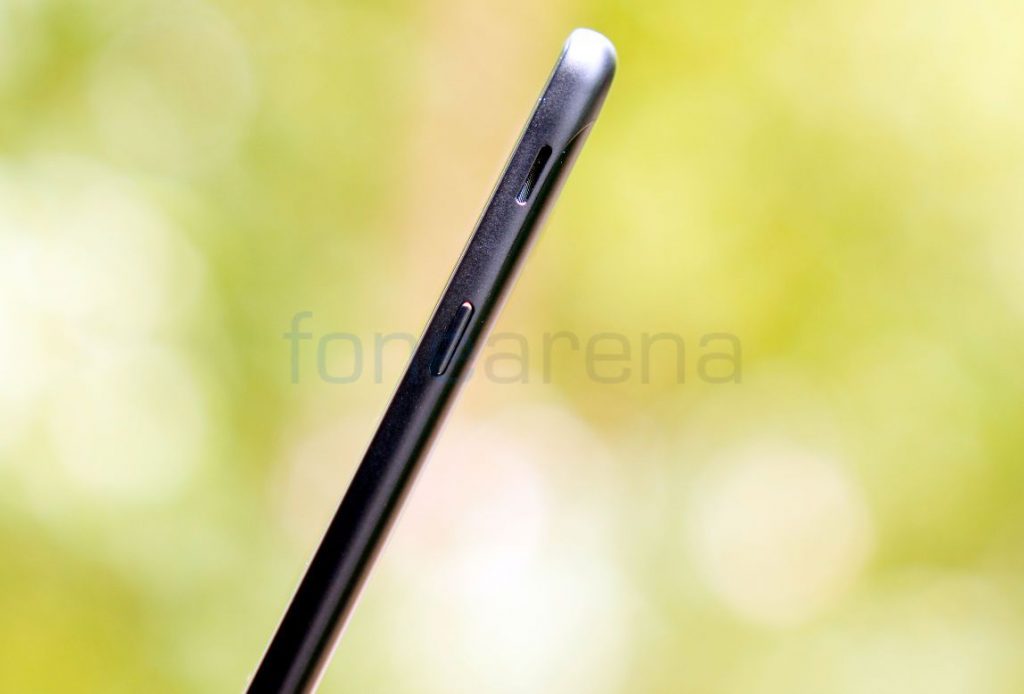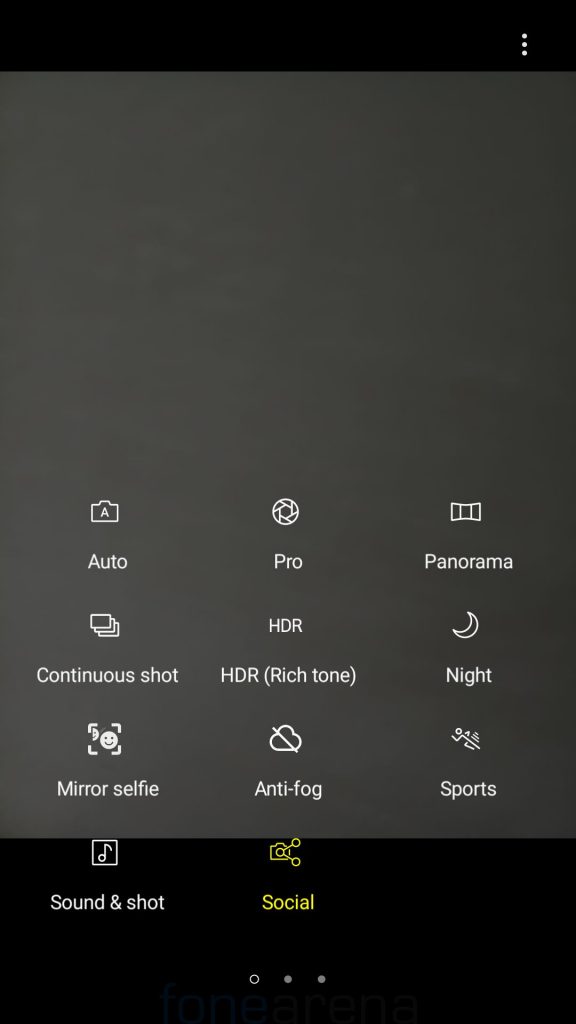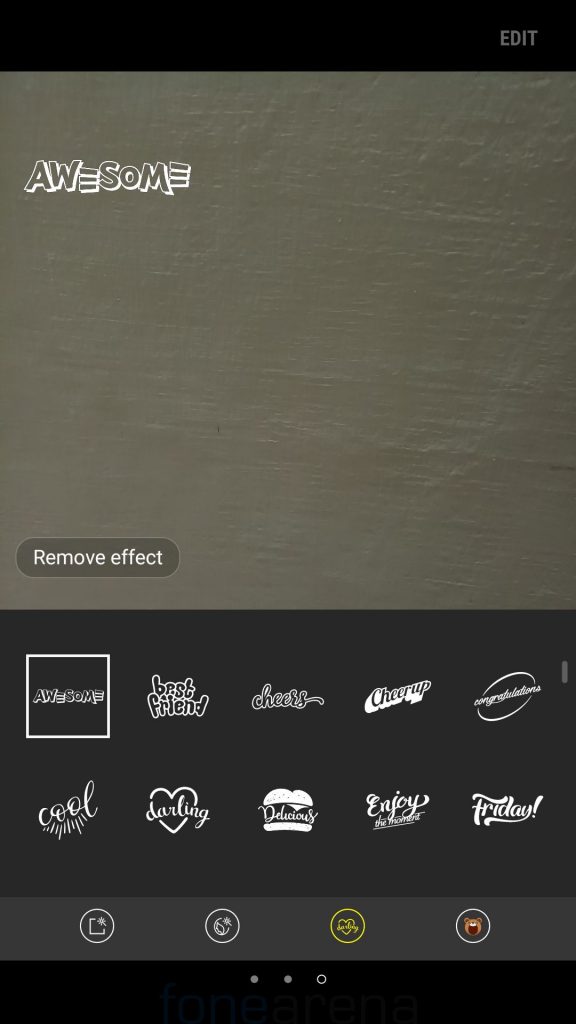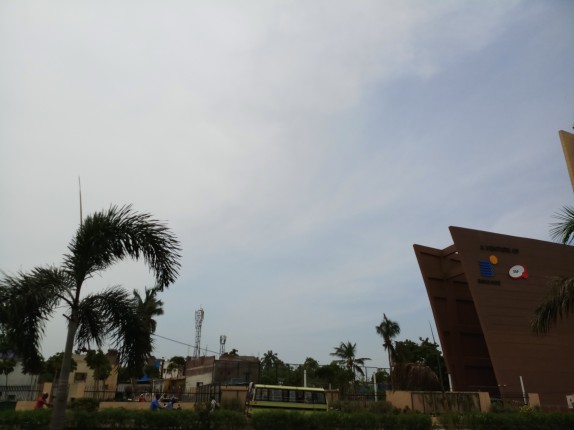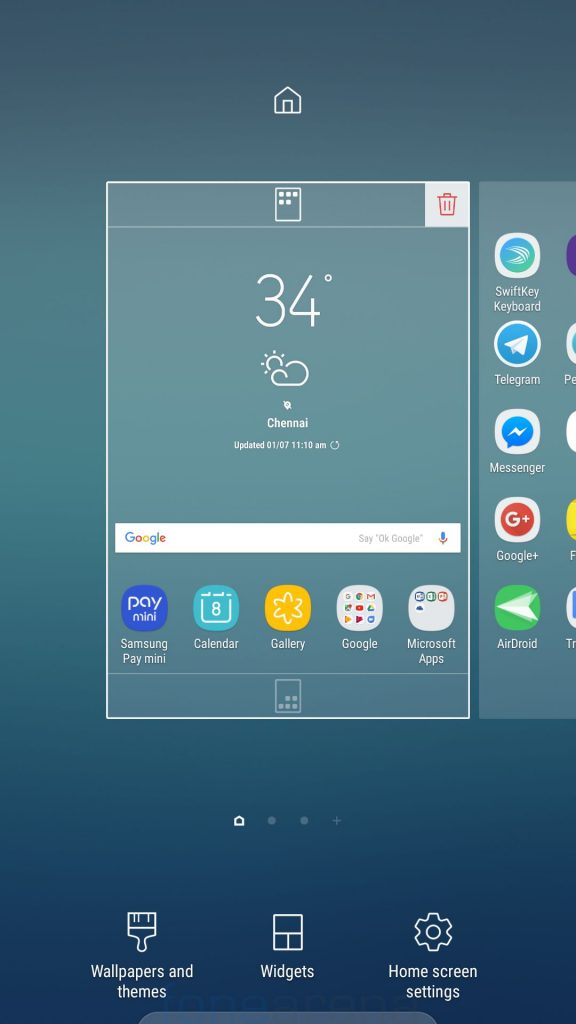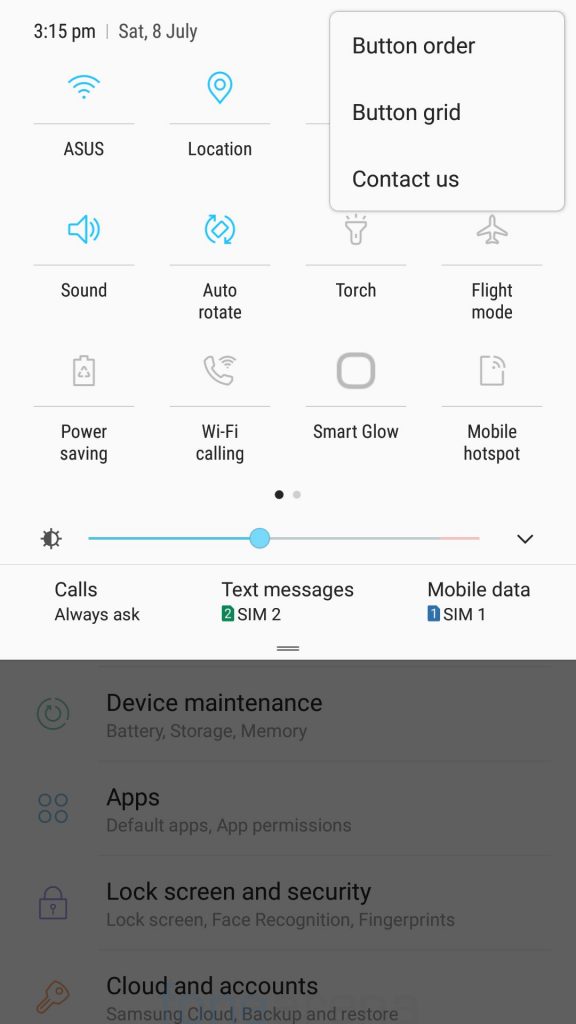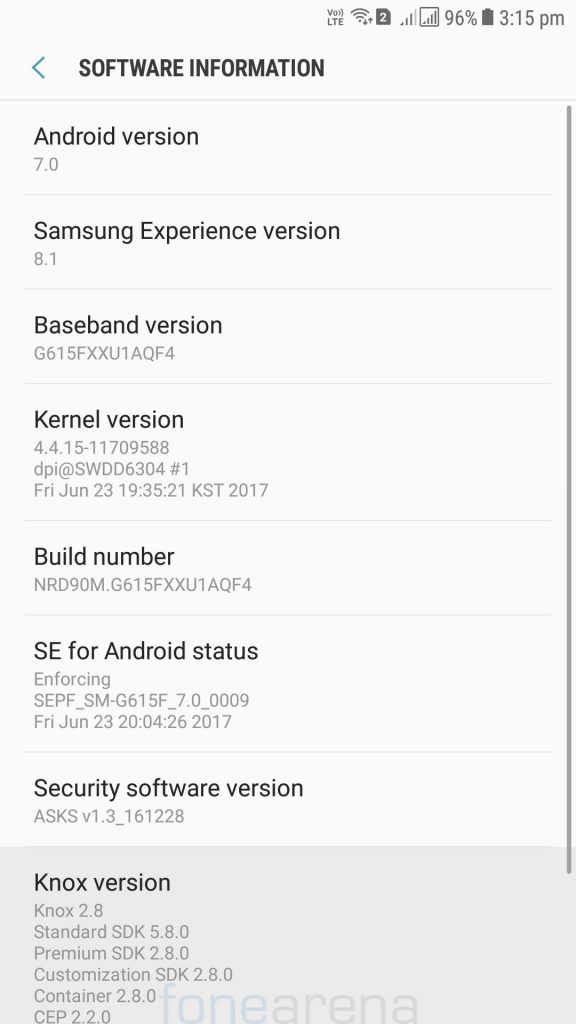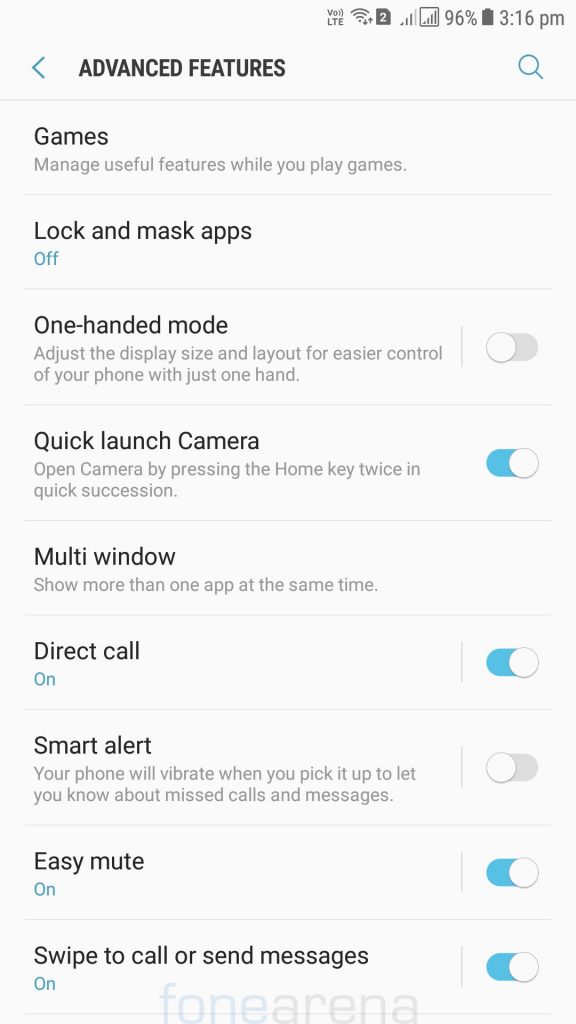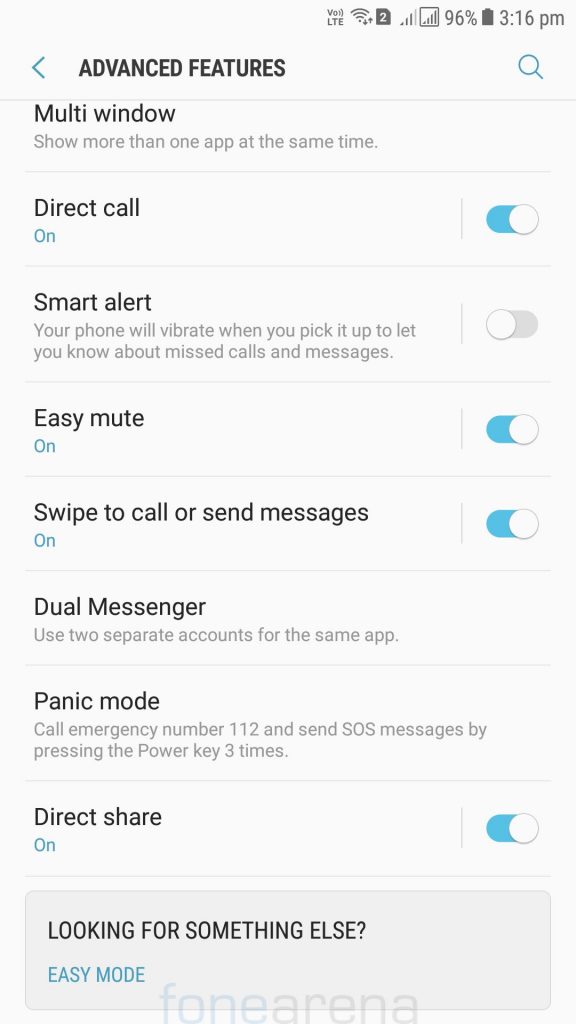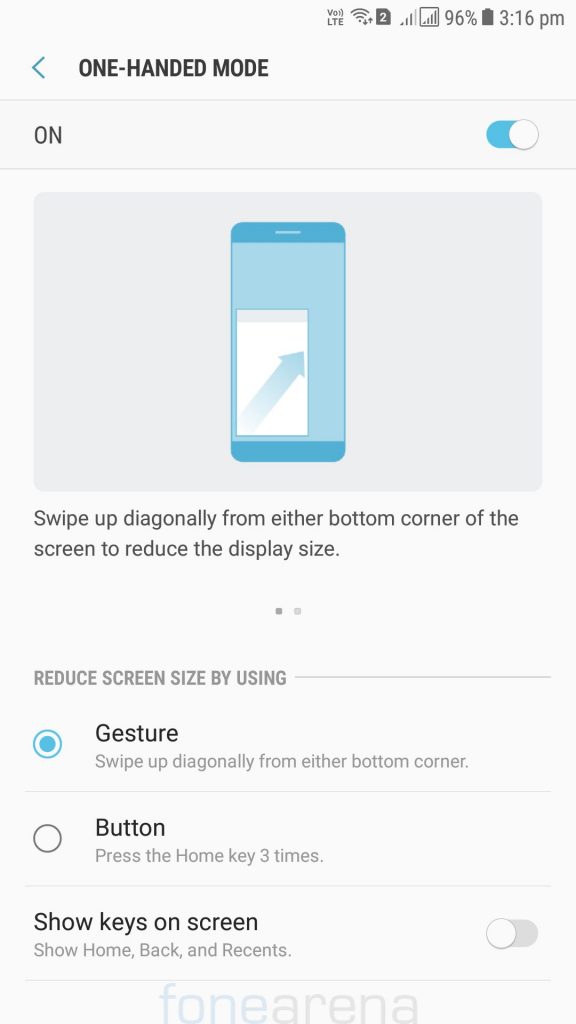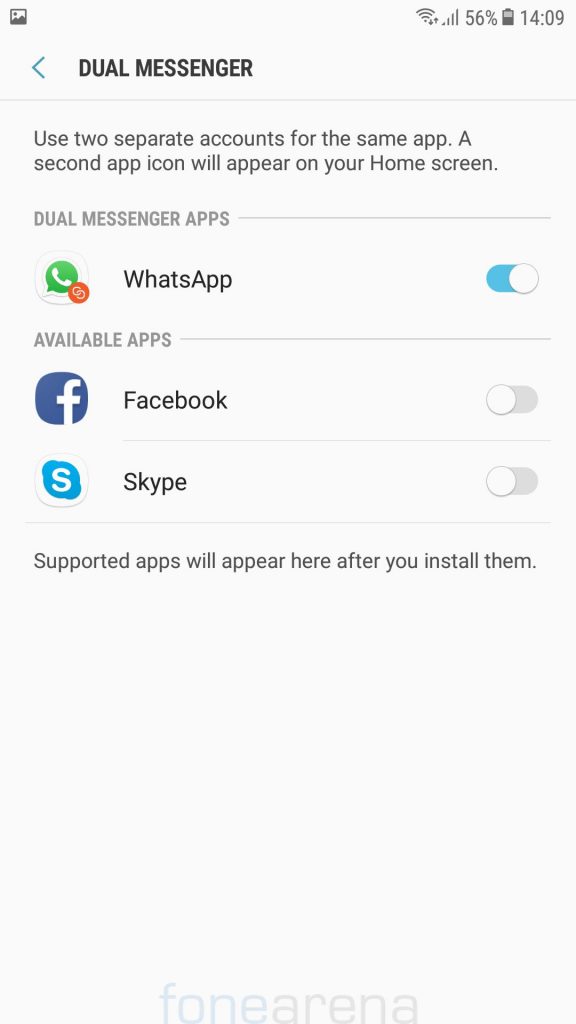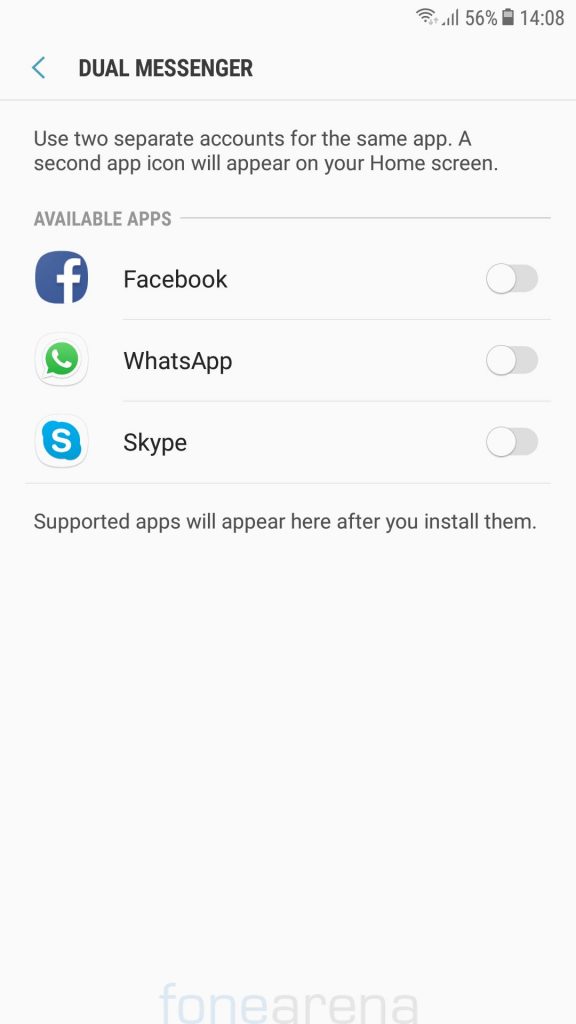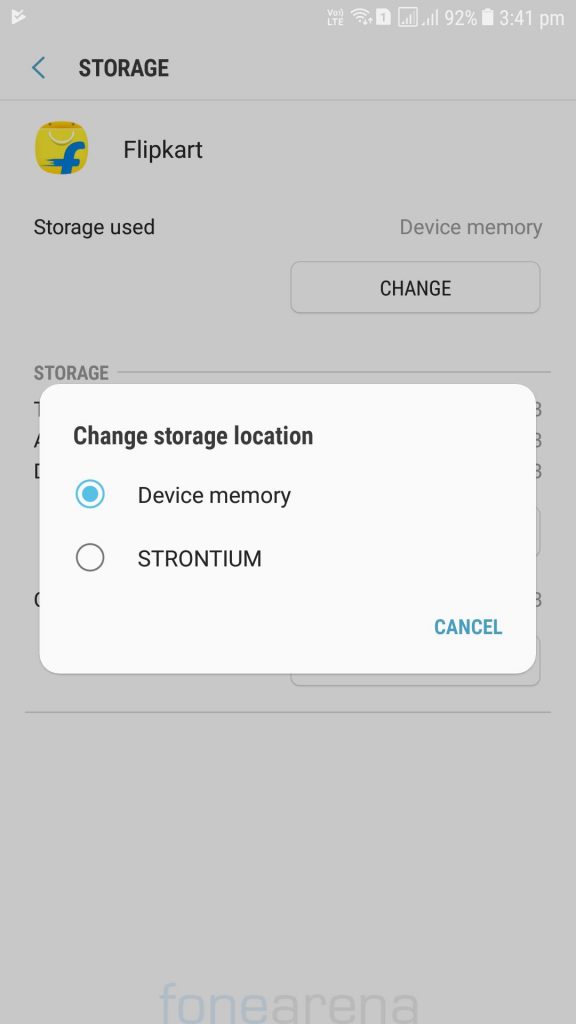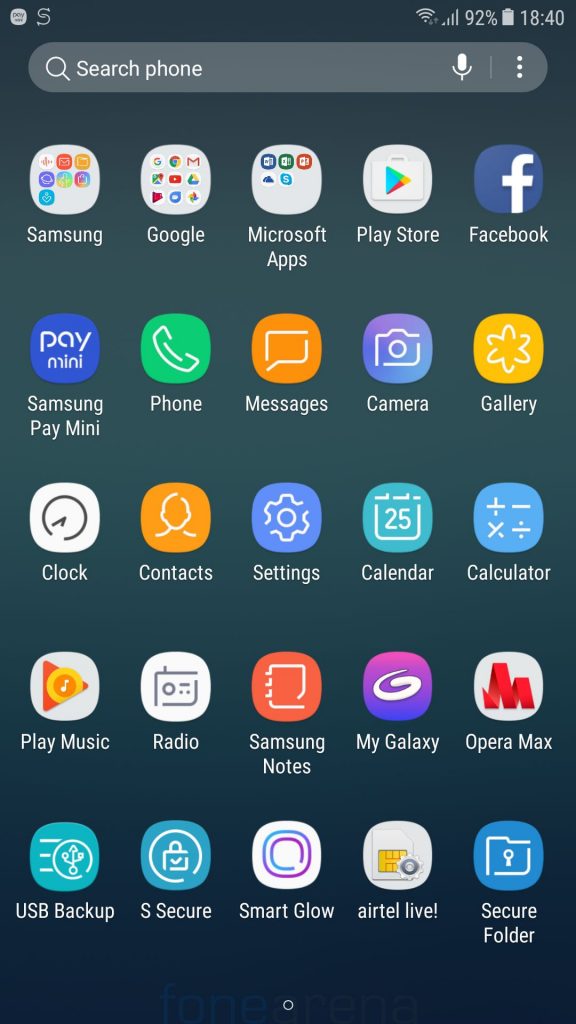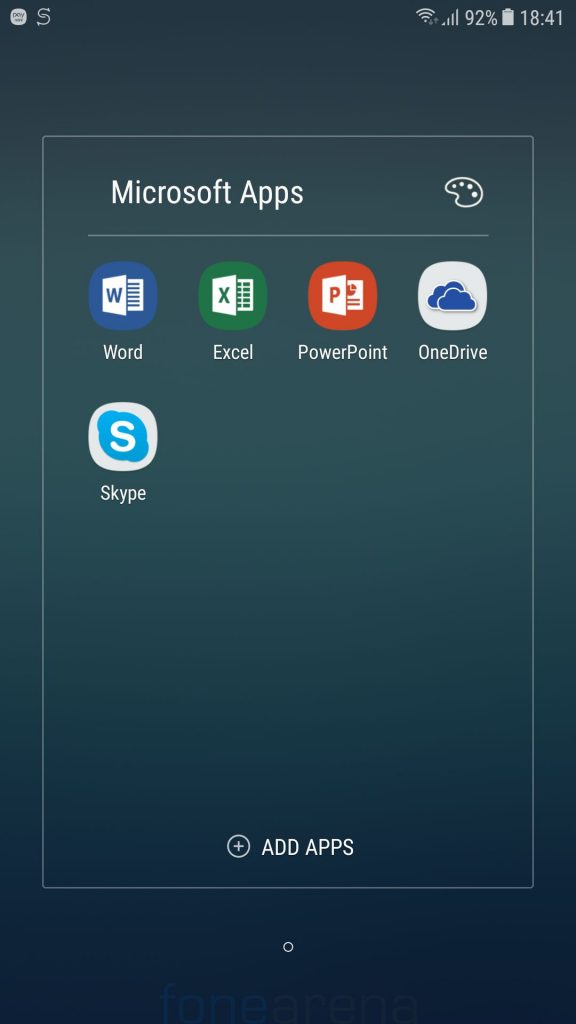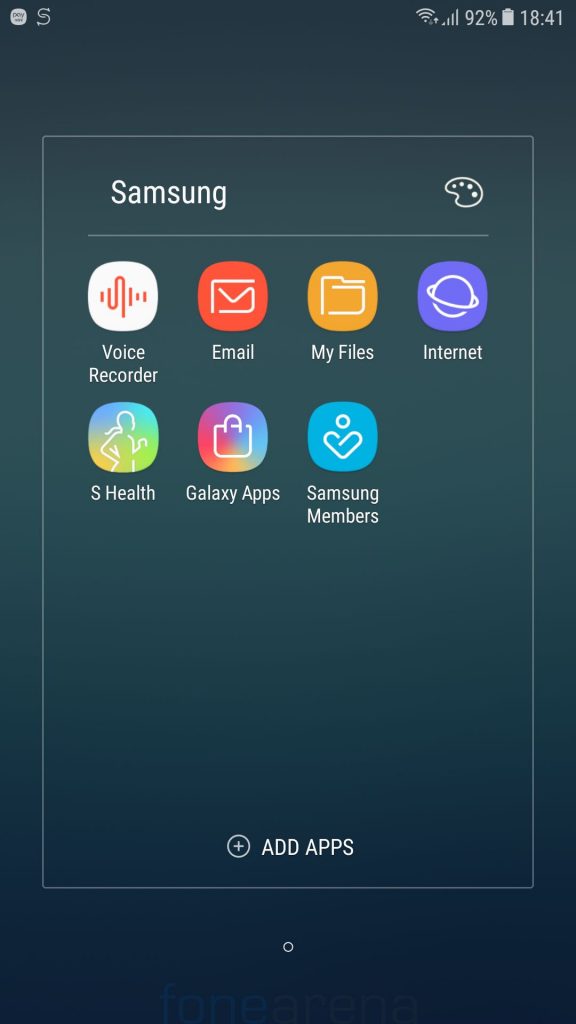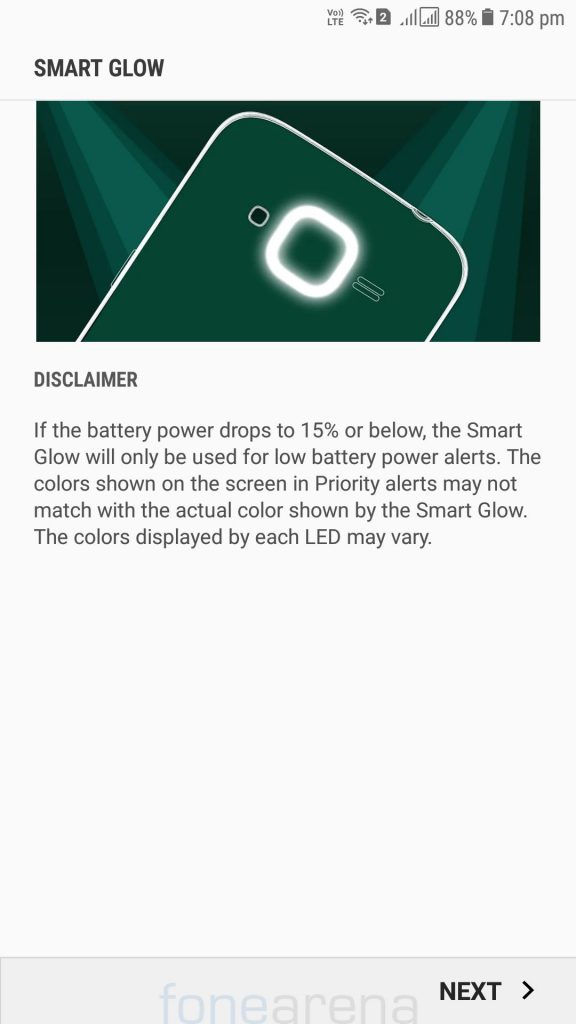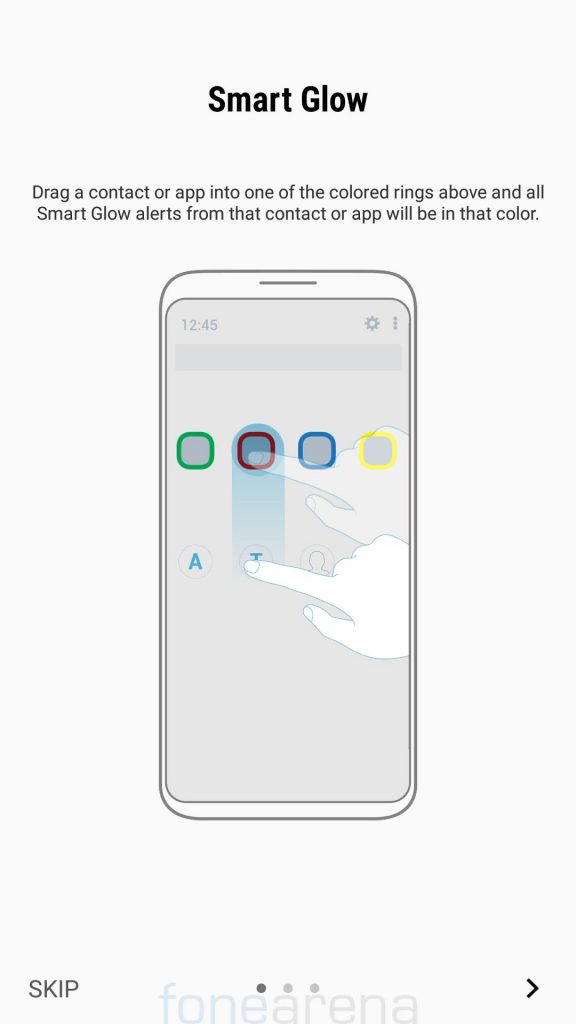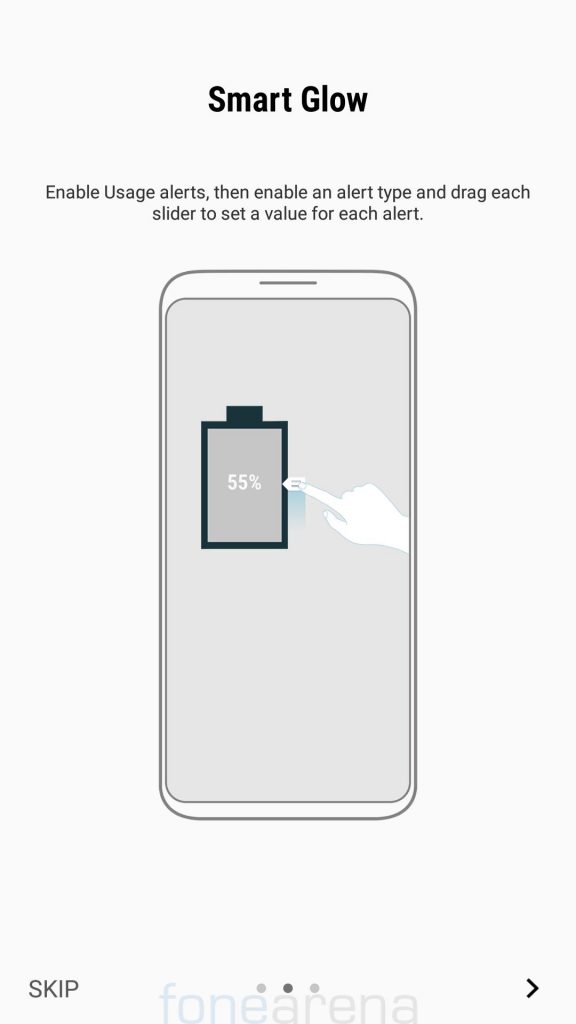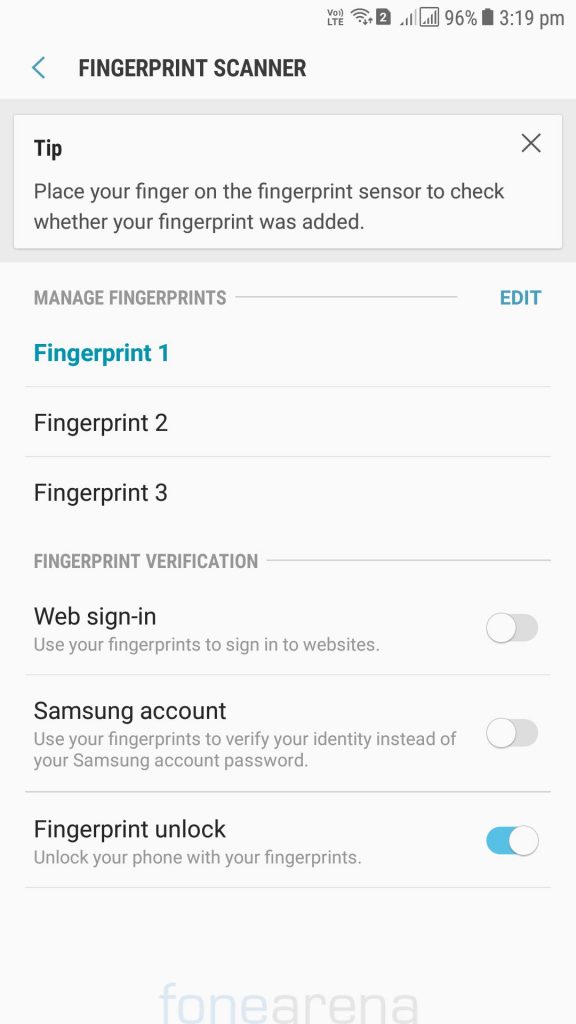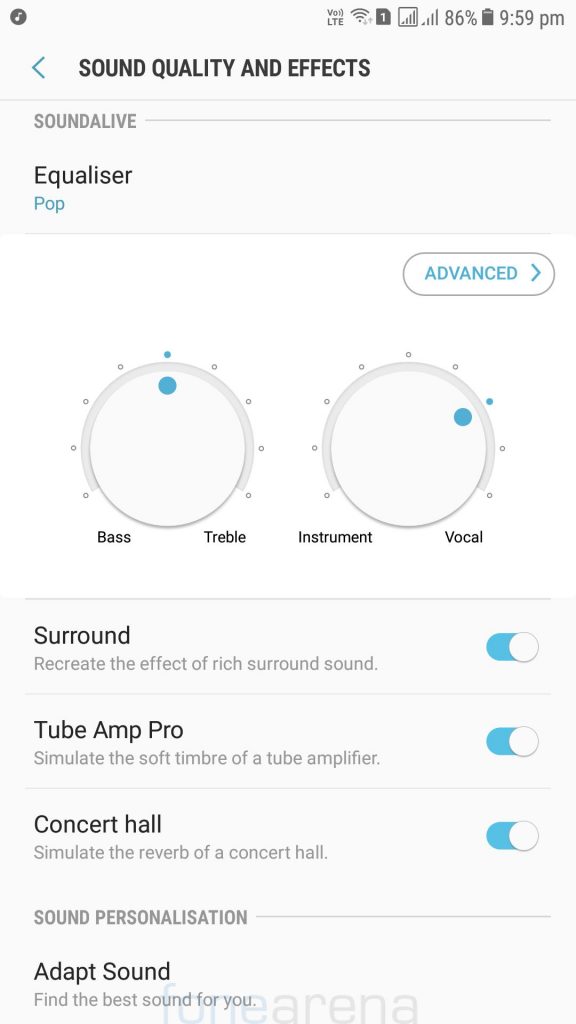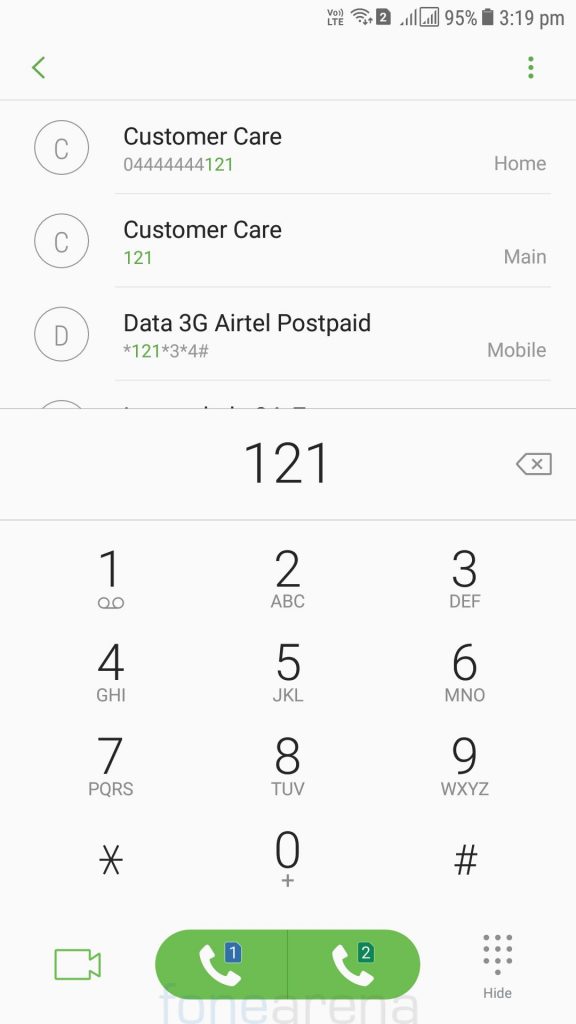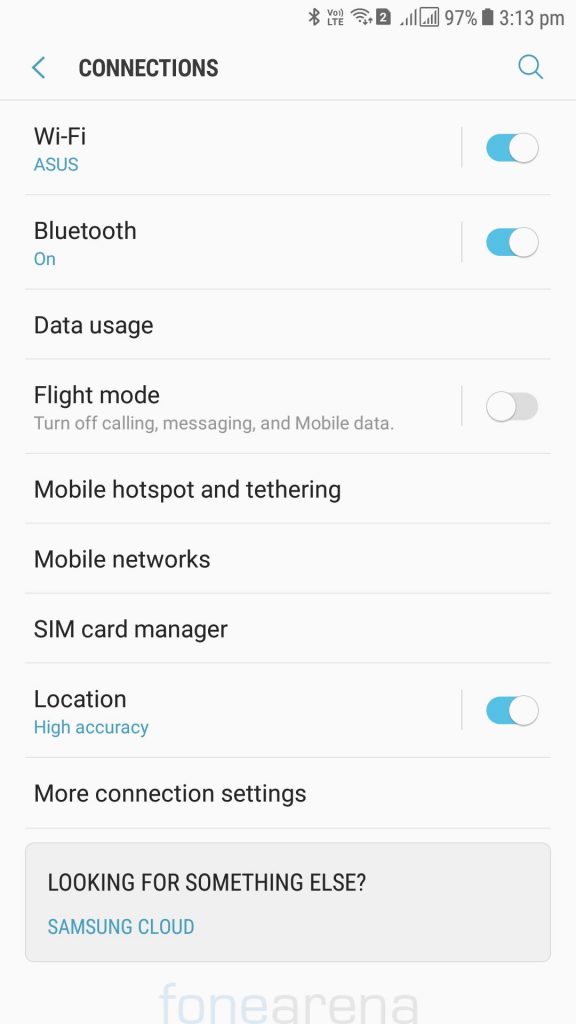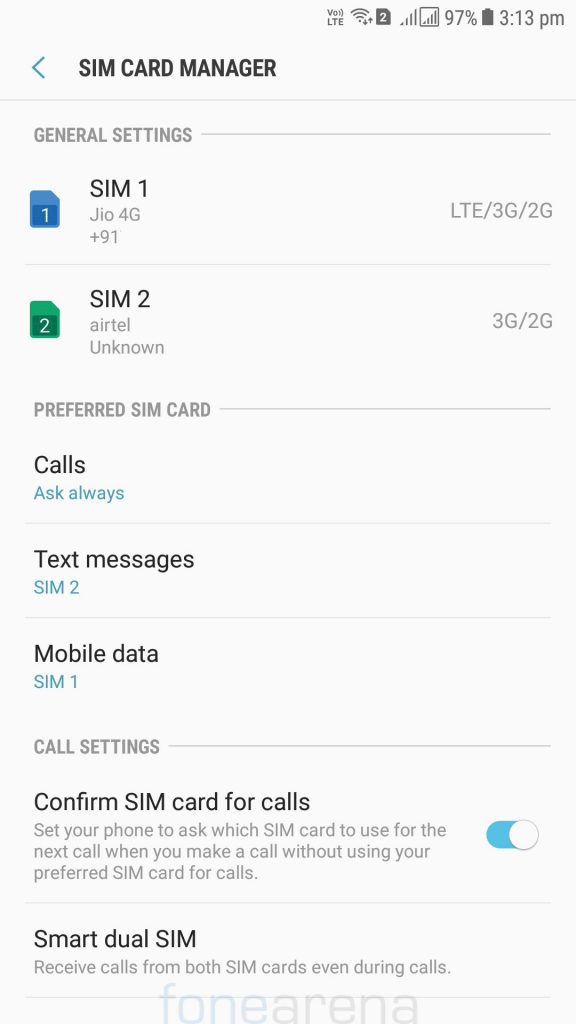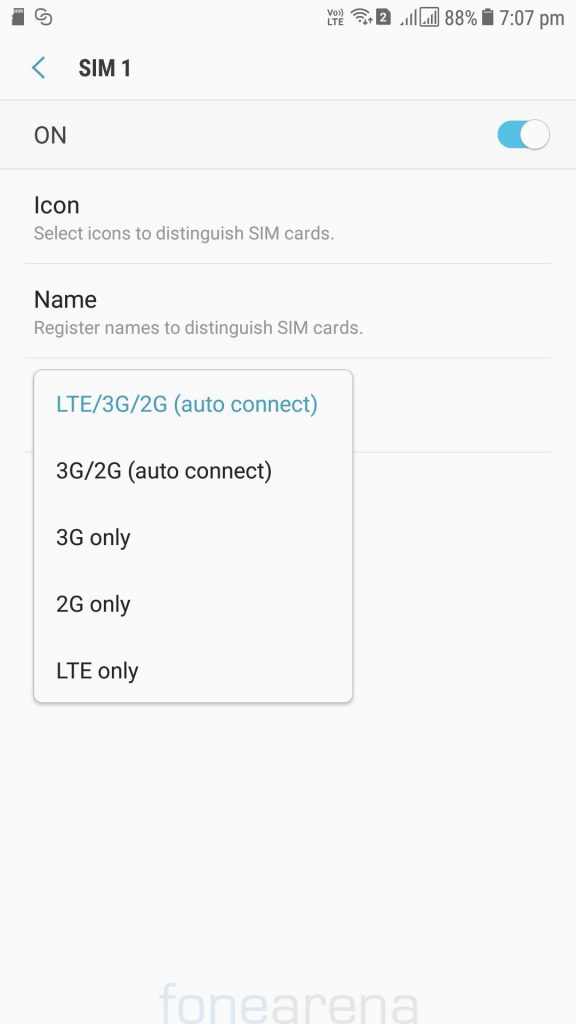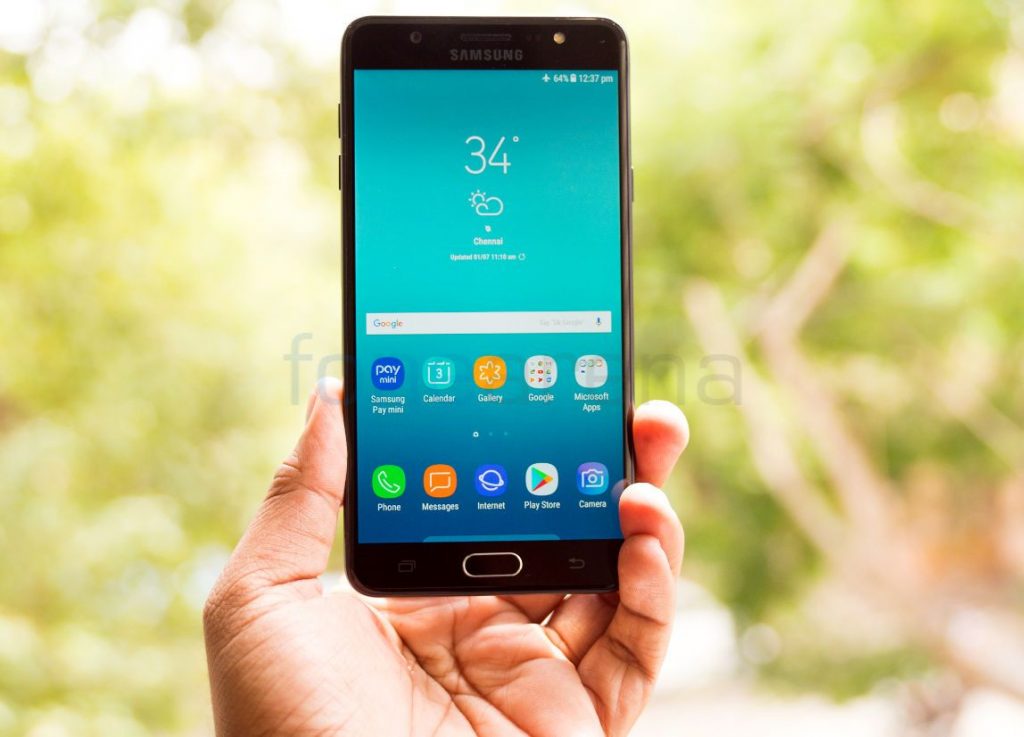
Samsung launched the Galaxy J7 Pro and Galaxy J7 Max smartphones in India last month. The Galaxy J7 Max was the first phone in the series to go on sale in the country. It is also the first Samsung smartphone from Samsung to come with Samsung Pay Mini and is also the first mid-range phone from the company to come with 4GB of RAM and MediaTek Helio P20 SoC. Is the smartphone worth the price? Let us find out in the complete review.
Unboxing

We unboxed the smartphone recently, check out the video below.
Box contents
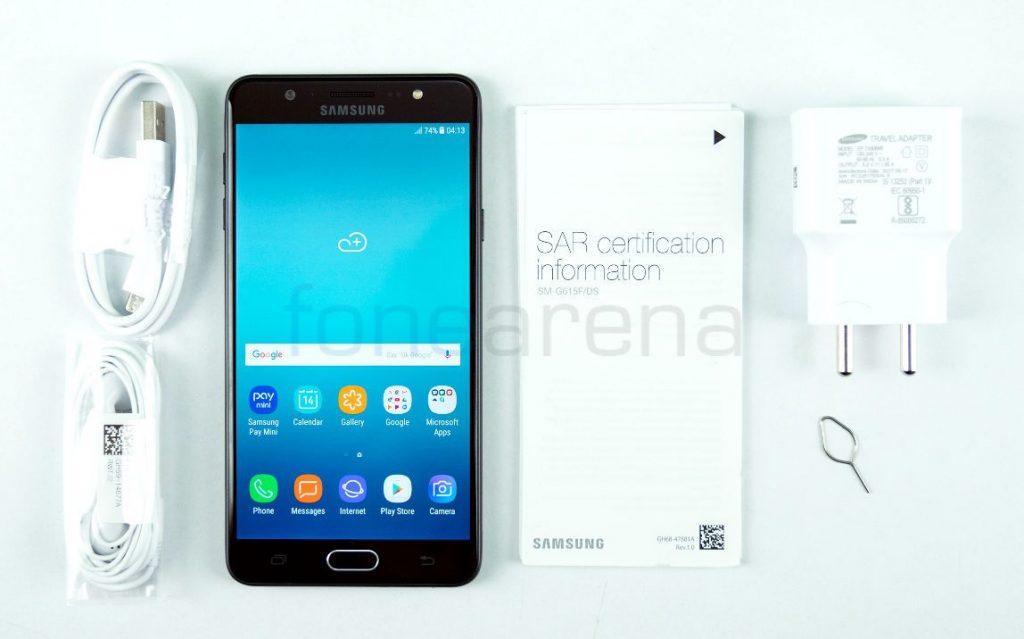
- Samsung Galaxy J7 Max in Black color
- 2-pin charger (5V-1.55A)
- Micro USB cable
- Headset
- SIM ejector tool
- Quick start guide and warranty information
Display, Hardware and Design
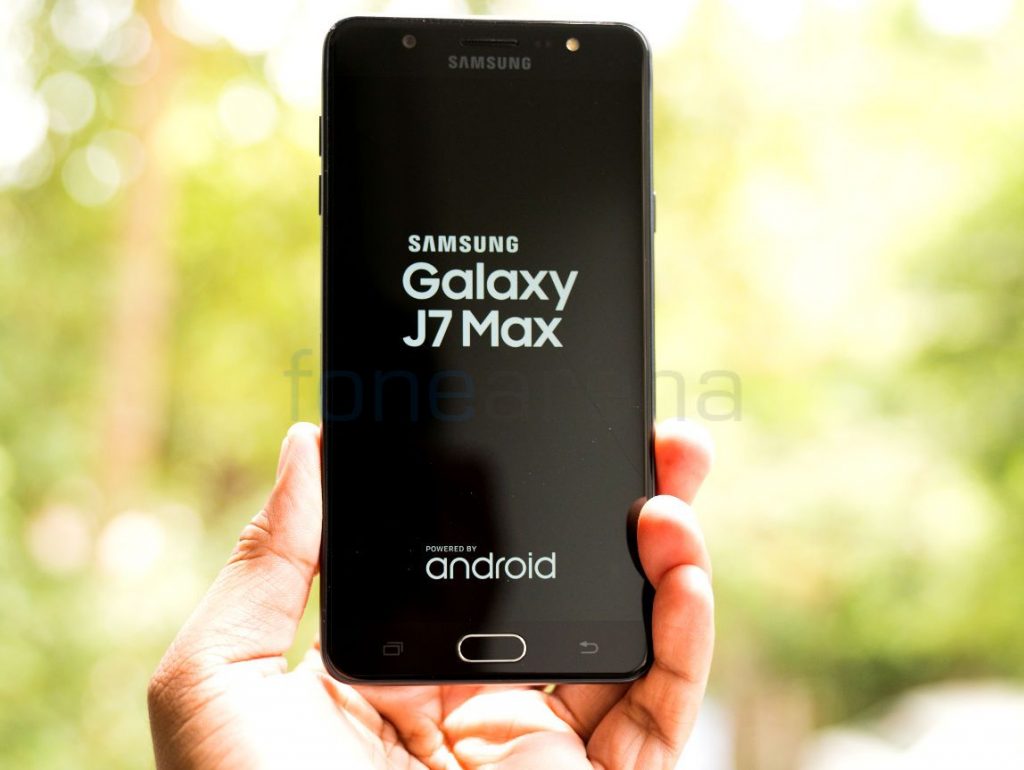
The Samsung Galaxy J7 has the same curved design as most other latest smartphones from the company. It has a 5.7-inch IPS 2.5d curved glass display with a pixel resolution of 1920 x 1080 and a pixel density of around 386 PPI. The display is bright, has good viewing angles, offers vibrant color output and the sunlight visibility is also good. Even though this doesn’t have an AMOLED panel like the J7 Pro, it is good. Samsung doesn’t say if the display is protected by Corning Gorilla Glass or any other hardened glass, so it is safe to get a case. The display is not glossy and doesn’t attract fingerprint easily.
The phone has about 72% screen-to-body ratio and slim bezels on the sides, yet it is huge for single-handed usage since it has a 5.7-inch screen. It is also a bit heavy at 179 grams, even though it packs only 3300mAh battery.
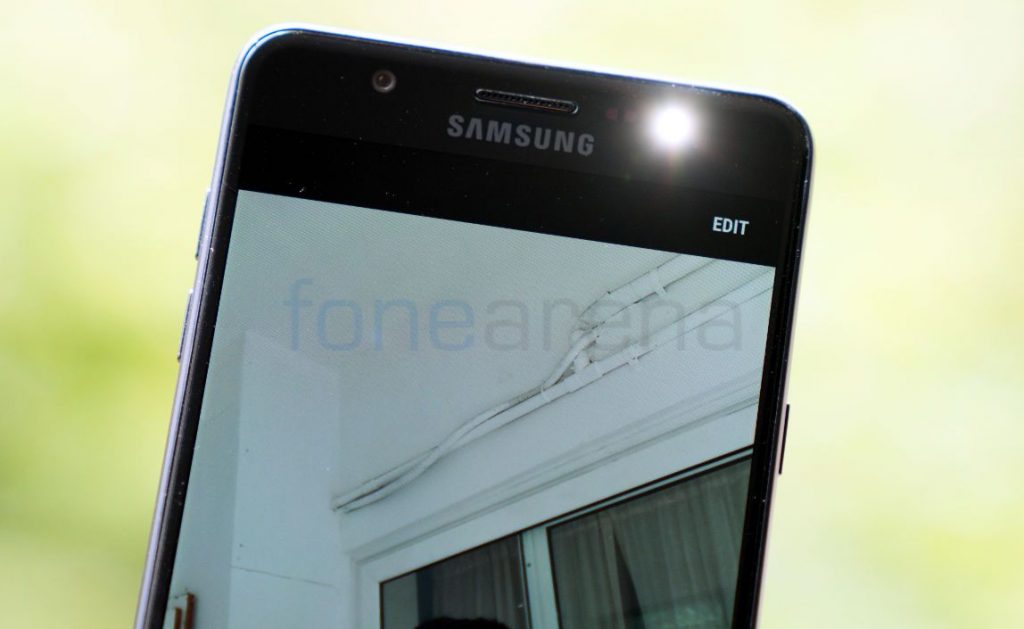
Above the display there is an earpiece. On the left, there is a 13-megapixel camera with f/1.9 aperture and the usual set of proximity and ambient light sensors on the right side. It lacks a notification LED light, but there is selfie flash next to the sensors. The front camera is good for selfies and video chats. It also has gyroscope and magnetic sensor, otherwise known as magnetometer.
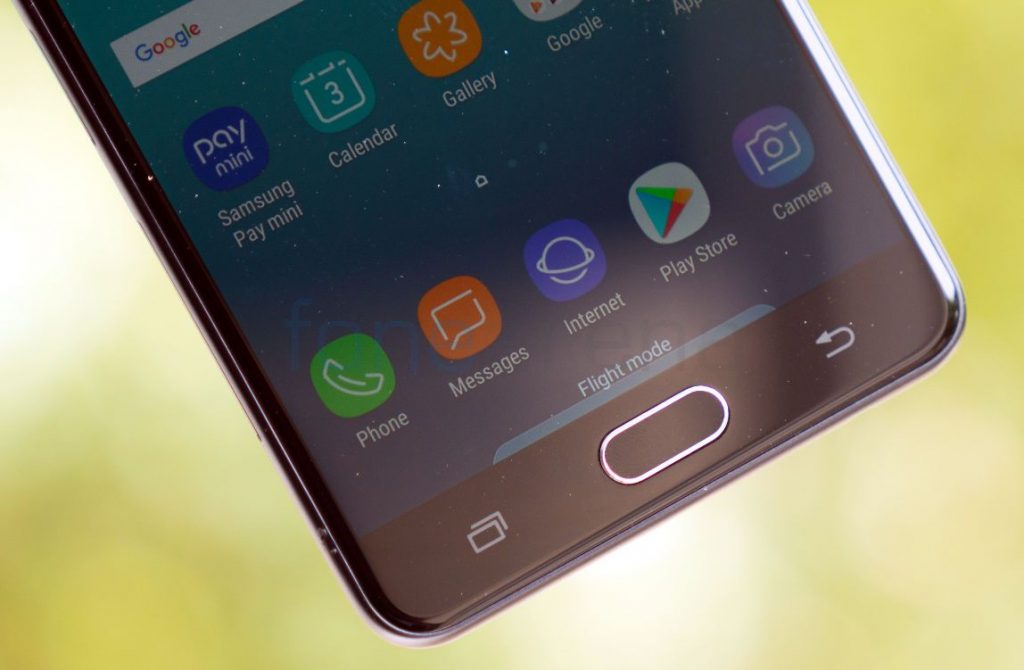
Below the display there is a fingerprint sensor embedded into the home button and menu/recently and back keys on either side. These keys are not backlit but offer haptic feedback when pressed.
The phone has a metal body and is measures 156.7 x 78.8 x 8.1 mm. The power button is present on the right side along with the awkwardly placed loudspeaker grill. Volume rockers are present on the left side. The dual nano SIM slot and microSD card slot is also present on the left side.
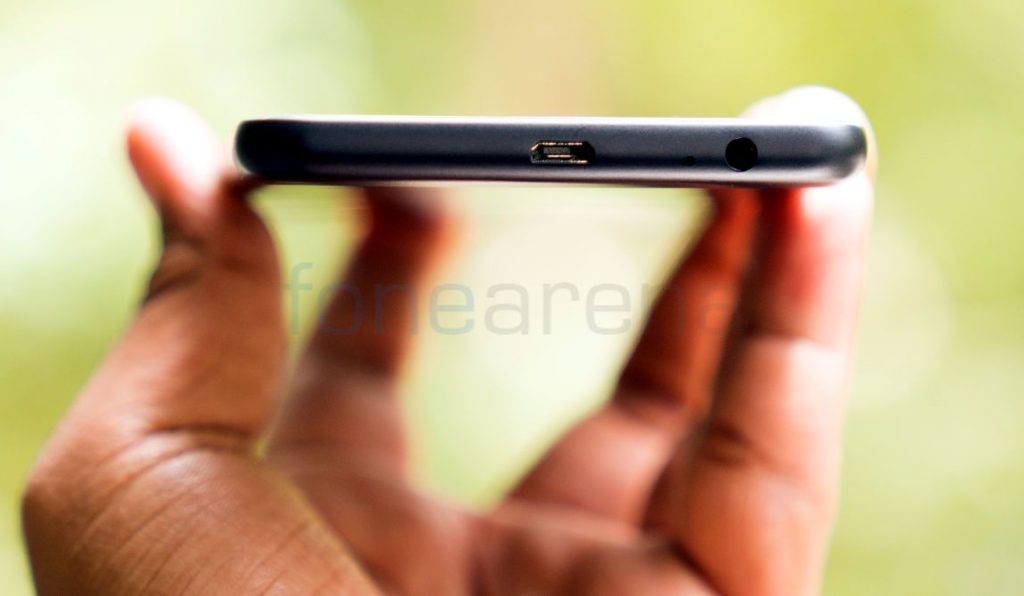
The 3.5mm audio jack, Micro USB port and primary microphone are present on the bottom. There is nothing on the top.
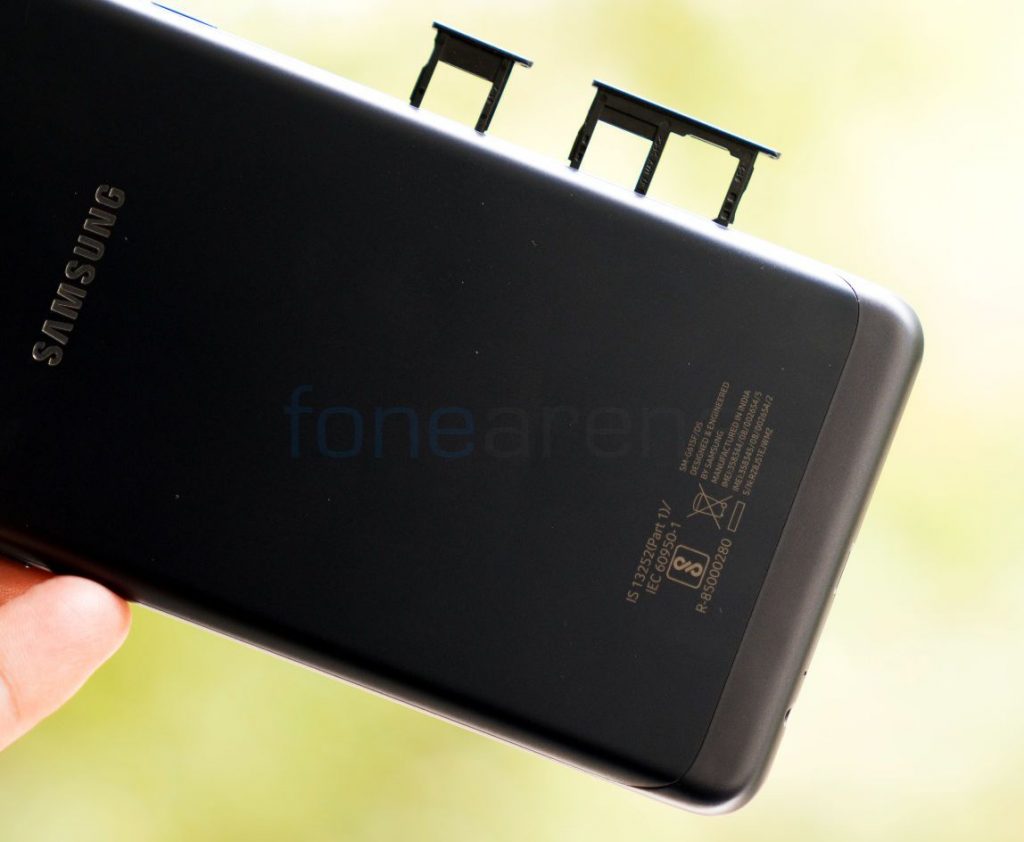
Unlike some smartphones with an unibody design that have hybrid SIM slot, this one has dedicated dual nano SIM and microSD card slots.

On the back, there is a 13-megapixel camera with f/1.7 aperture along with single LED flash. There is also a Smart Glow light around the camera that was first introduced with the Galaxy J2 (2016) last year.
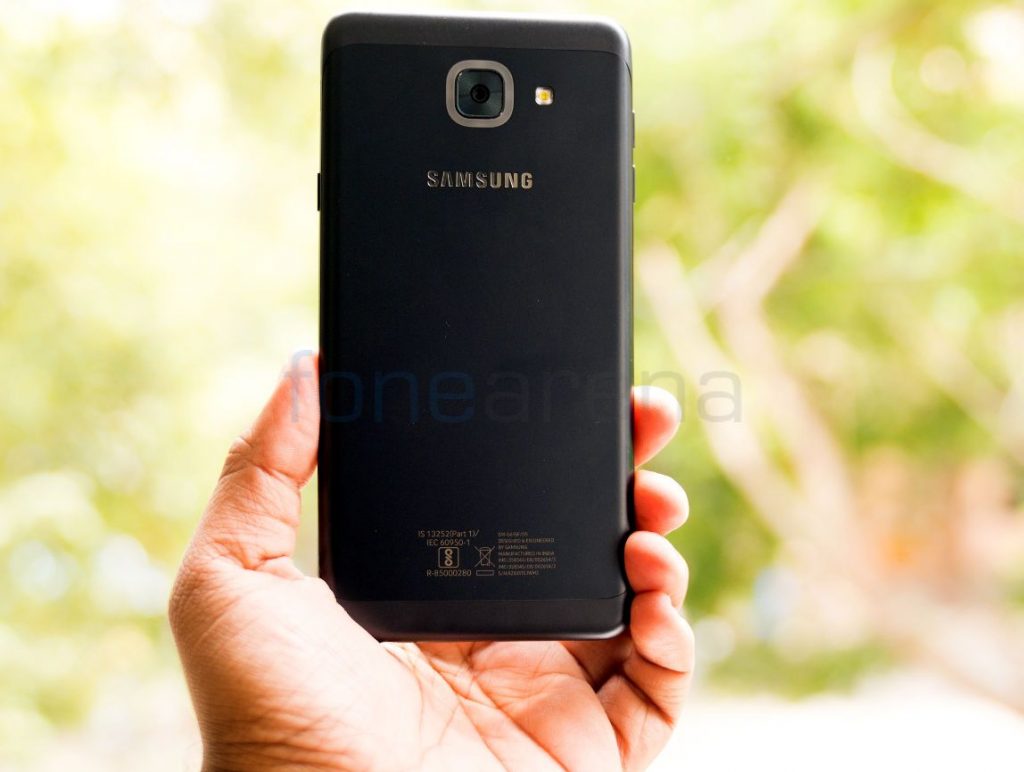
Since the phone has a 5.7-inch display, it is obviously big for people with small hands. The phone is not completely made of metal. The center part of the back is metal and the top and the bottom parts of the phone are made of plastic, where the antennas are present. The top plastic part of the phone is prone to scratches easily since it comes into contact when the phone is placed on a surface. It packs a 3300mAh built-in battery, slightly smaller than the 3600mAh battery on the Galaxy J7 Pro. Apart from Black it also comes in Golden color.
Camera

It has a 13-megapixel rear camera with f/1.7 aperture and a 13-megapixel front-facing camera with f/1.7 aperture. The camera UI is similar to any other Samsung smartphone running Android Nougat with options to add Effects (Autumn, Cream, Deep, Forest, Classic, Cosy, Memory, Maple, Blossom, Breeze, Evergreen, Sunshine, Greayscale, Cookie Cream and Nostalgia) when you swipe from right to left, Timer (2 to 10 seconds), flash toggle, picture size along with aspect ratio (13MP/8MP at 4:3, 9.6MP/6MP at 16:9 or 9.5MP / 4.7MP MP at 1:1), Gallery, video record and image capture toggles, selfie camera toggle and several modes (Auto, Pro (to adjust white balance, ISO and exposure manually), Panorama, continuous shot, HDR, Night and Mirror Selfie, Anti-fog, Sports, Sound & Shot). The front-facing camera has beauty mode for selfies. There is a new Social Camera mode that lets you add different filters and effects to your images. You can also share these images with WhatsApp and Facebook easily using Instant Share option.
Settings option lets you choose resolution, toggle location tag, option to quickly launch the camera by pressing Home key twice, use the volume keys to take pictures and more.
Coming to the image quality, daylight shot and macro shots are good. HDR shots are good as well. Low-light shots are good as well, thanks to the f/1.7 aperture sensor, but it could have been better. Images with flash are good as well since the single LED flash is not overpowering even in macro shots. The front-facing camera is good for selfies and the details are crisp. Selfie flash is useful in low lighting conditions. It is also good for video chats.
Check out some samples below (Click the image to view full resolution sample.).




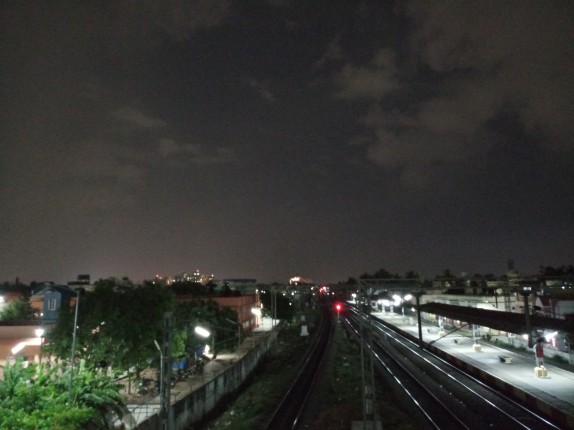
It can record videos at 1080p full HD resolution at 30 fps. Video quality is good, but the phone doesn’t have a secondary microphone so audio is not crisp. Sadly, it doesn’t have slow motion recording. Check out the video sample below.
Software, UI and Apps
Coming to the software, the phone runs on Android 7.0 (Nougat) with Android security patch for June, 2017. On the top of Nougat, it has Samsung Experience version 8.1, which is the company’s new UX that is more refined compared to its TouchWiz UX.
It also has a new vertical swiping interface by default instead of separate apps button, so to navigation between the home screen and app tray you need to swipe up or down. You also have option to add apps screen button to the home screen. You can also simultaneously move multiple apps into a folder easily. You can tap and hold an app icon to open a quick options menu that lets you perform tasks such as uninstalling apps or moving them to Secure Folder without having to open the app. App icons and typography have also been changed according to the new design language.
The drop-down notification shade shows five toggles on the top, and more when you swipe down again. You can easily change the button order and the button grid (4×5, 5×5). There are also brightness control slider and option to choose SIM cards easily.
The advanced features option has Games Launcher that gathers your games downloaded from Play Store and Galaxy Apps into one place for easy access and one-handed operation mode that lets you use the phone easily with one hand. Similar to other Android phones it also has Multi Window mode that was first introduced by Samsung several years back.
Other options include direct call – to make a voice call by picking up and holding the device near your ear while viewing call, message, or contact details, Smart alert to set the device to alert you if you have missed calls or new messages when you pick up the device, Easy mute to mute incoming calls or alarms by using palm motions or facing the device’s screen downwards, Swipe to call or send message, and Panic mode to Send SOS message by pressing the Power key three times, including option to attach pictures with the message to the recipients.
It also has Dual Messenger that lets you use two separate accounts for the same app such as Facebook, WhatsApp and more. Direct Share lets the device to display the people you contacted on the sharing options panel to allow you to share content directly.
The Device maintenance option lets you manage your device’s battery life, storage, RAM usage, and security all in one place. There is Samsung Secure Folder that lets you save your personal data and information. Once an app or data moved into the secure folder, it becomes Sand box, which means more protective and encrypted adding another layer to the security and privacy from malicious attack. You can also make copies of your favorite apps and easily access them via alternate profiles. Any notes, photos, contacts or browsing history within the apps stored in Secure Folder will remain separate from the same apps outside Secure Folder.
Out of 4GB of RAM, you get 3.74GB of usable RAM, out of which about 2.3GB of RAM is free when the default apps running in the background. Out of 32GB of internal storage, 23.9 of storage is usable. You can also move compatible apps to the SD card when you insert one.
Apart from the usual set of utility apps and Google Apps, the smartphone comes with, Opera Max, which powers the Ultra data saving mode and Microsoft Apps – Word, Excel, PowerPoint, OneNote, OneDrive and Skype.
The phone has Samsung Pay Mini, which is stripped down version of Samsung’s own Samsung Pay payment service. This is the phone to get the service first that lets you transfer money using Paytm wallet and UPI in India. Similar to Samsung Pay app, this also has several promotions that offers cashback on payments.
The phone also has Smart Glow, which was first introduced with Samsung’s budget Galaxy J2 (2016). The Smart GlowLED notification system has an LED ring around the rear camera that can be customized for priority notifications of any app or contact. Up to four alerts can be set with customized colors. It also alerts a user if they are running low on battery, internal memory, or mobile data. You can also use the Smart Glow LED ring to position the rear camera for selfies with the Selfie Assist feature. The LEDs glow a solid color once the face is perfectly in the frame and automatically takes the photograph.
Fingerprint Sensor
The phone has a fingerprint sensor built into the home button. It immediately unlocks phone just by keeping your finger on the home button so that you don’t have to press it. It also doesn’t recognize your finger properly if it’s wet. You can add up to 3 fingerprints. It can also be used for Samsung Pay Mini.
Music Player and FM Radio
It doesn’t have a dedicated music player, so you have to rely on Google Play Music. It has equalizer, Surround and Tube Amp sound effects that can be enabled from the settings. All these improve the audio when listening through earphones. That said, audio through the bundled or third-party earphones is decent, but the loudspeaker output is not the best. Since the loudspeaker is present on the sides, sound doesn’t get muffled when you place the phone on a flat surface, but the sound it not brilliant either. The FM Radio has a new UI. It has auto scanning and recording, which lets you store the recorded files in phone memory or SD card.
Calling and Messaging
The dialer and messaging UI are similar to other Samsung smartphones running on Android Nougat. Since this is a dual SIM phone, you get option to select either SIMs when calling or sending text message. There are no call drops and the earpiece volume is good.
Connectivity
It has the usual set of connectivity features such as Wi-Fi 802.11 a/b/g/n (2.4+5GHz), Bluetooth 4.2 and GPS + GLONSASS, but it doesn’t have NFC support. It has 4G connectivity with support a lot of bands and also has Voice-over-LTE (VoLTE) support for Reliance Jio. Both the SIMs support 4G, but you can enable 4G only in one SIM at a time, while the other goes to 3G.
You can set preferred SIM for voice call, text and data from the SIM card manager. As usual it has Smart Dual SIM feature, similar to other latest Samsung Dual SIM smartphones. This automatically forwards calls from the phone number on SIM 2, even if a user is on the phone with SIM 1’s number. There is a new Adaptive callback feature that lets you select which SIM card to use for calls made from your phone log, messages, or notifications if the preferred SIM card for calls does match the SIM card that was last used for calls or messages. It also has USB on-the-go (OTG) support.
Performance and Benchmarks
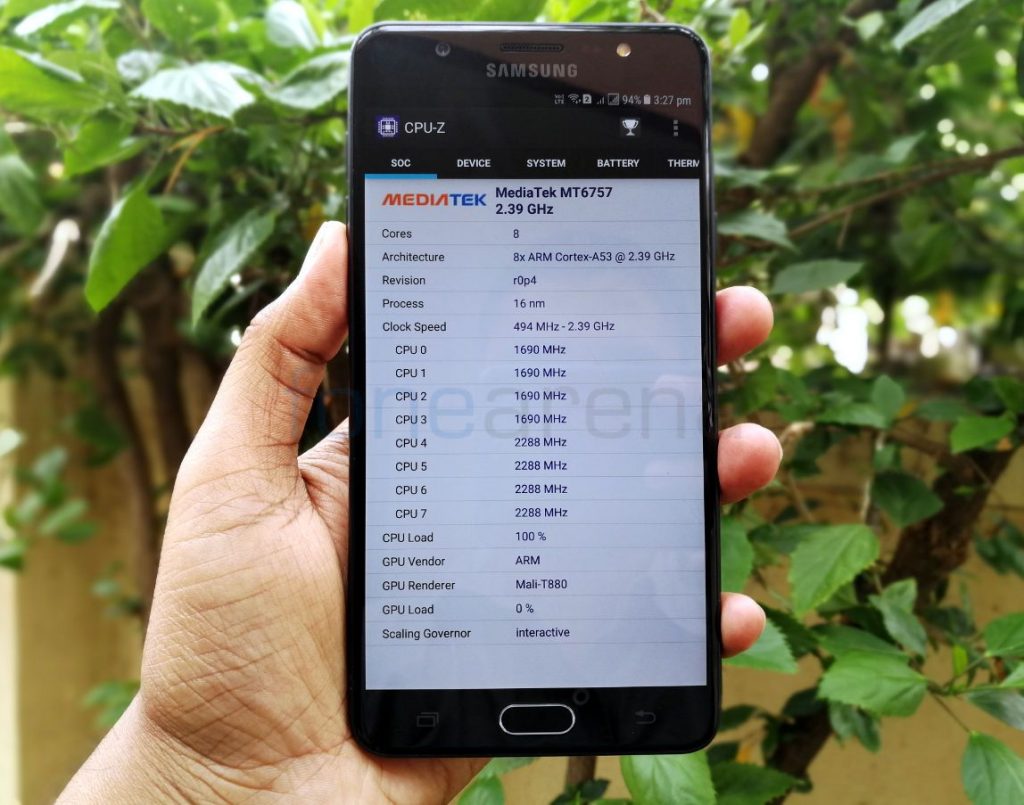
The Galaxy J7 Max is powered by an Octa-Core MediaTek Helio P20 (MT6757V) 64-bit 16nm processor that has four bigger ARM Cortex A53 cores clocked at 2.39GHz per core and four smaller ARM Cortex A53 cores clocked at 1.6GHz per core. The performance is good without any lags. 4GB of RAM is more than enough to run several applications in the background. It has ARM Mali T880 GPU which offers good gaming performance, but could have been better. The gets a bit hot on 4G usage and gaming, but it doesn’t get too hot to handle. Check out some synthetic benchmark scores below.
AnTuTu Benchmark 6

It managed to score 51781 points in the AnTuTu Benchmark 6.
Geekbench 3 Single-Core
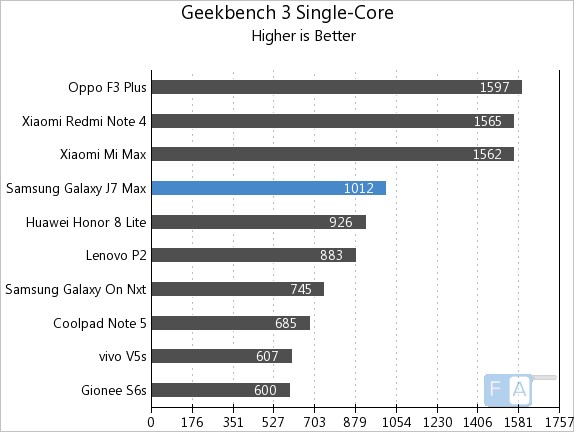
It scored 1012 points in the Geekbench 3 Single-Core benchmark.
Geekbench 3 Multi-Core
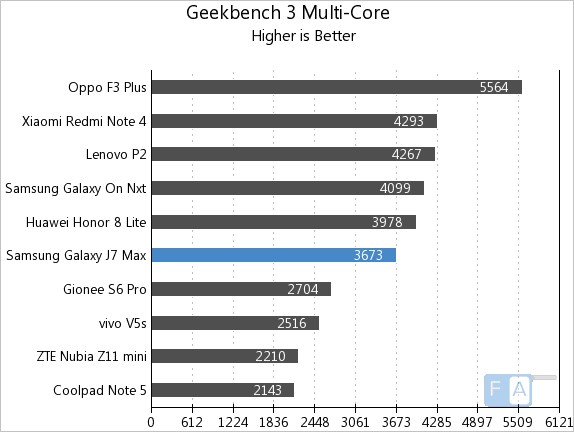
It scored 3673 points in the Geekbench 3 Multi-Core benchmark.
3DMark Ice Storm Unlimited

It managed to score 9157 points in the 3DMark Ice Storm Unlimited GPU benchmark.
Basemark OS II
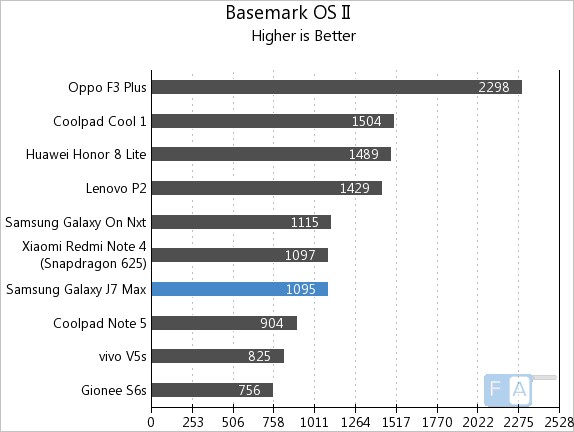
It managed to score 1095 points in the Basemark OS II benchmark.
Battery life
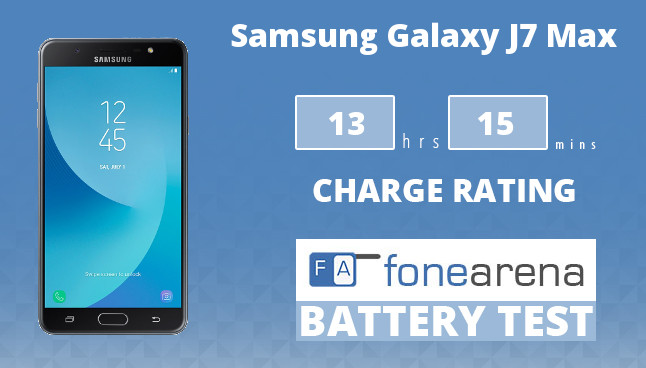
Coming to battery life, the 3300mAh battery lasts for more than a day with average use and last for the whole day with heavy use such as 4G, gaming, video playback and more. Power saving mode and ultra-power saving mode lets you extend the battery life. Lack of fast charging is the main drawback in the phone since it takes about 2 and half hours to charge the phone compared to about 1 and half hours in other Samsung phones that have adaptive fast charging.
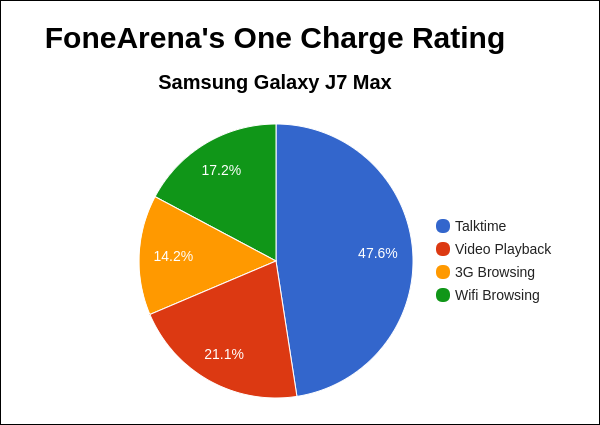
In our battery test the smartphone achieved a One Charge Rating of 13 hours and 15 minutes, mainly due to brilliant talk time, otherwise the score is just average. Check out the complete set of battery life test results here.
Conclusion
At a price tag of Rs. 17,900, the Galaxy J7 Max is a bit costly compared to other phones in Samsung’s mid-range ‘J series’ phones and even one of the direct competitors – Moto G5 Plus. This time Samsung has decided go with MediaTek Helio P20 Octa-Core SoC instead of its own 14nm Exynos 7 Octa 7870 or Snapdragon 625 SoC that are power efficient, but the real-life performance is good.
It also doesn’t have an AMOLED display like the J7 Pro. Even though there is Smart Glow light, it doesn’t compensate fully for the lack of notification LED and the phone doesn’t have support for fast charging when most phones these days come with fast charging. The main selling point of the phone is Samsung Pay Mini and Social Camera features. Even though Samsung Pay Mini is a good addition, Social Camera features are already available in Snapchat, Instagram and other social apps.
The Galaxy J7 Max is available from Flipkart as well are retail stores offline, but Samsung has launched the Galaxy On Max for Rs. 16,900 without the Glow light and similar specifications that is available on Flipkart. To summarize, here are the pros and cons of the smartphone.
Pros
- Good performance
- Good cameras
- Decent battery life
Cons
- No fast charging
- Back in prone to scratches
- Priced slightly on the higher side

